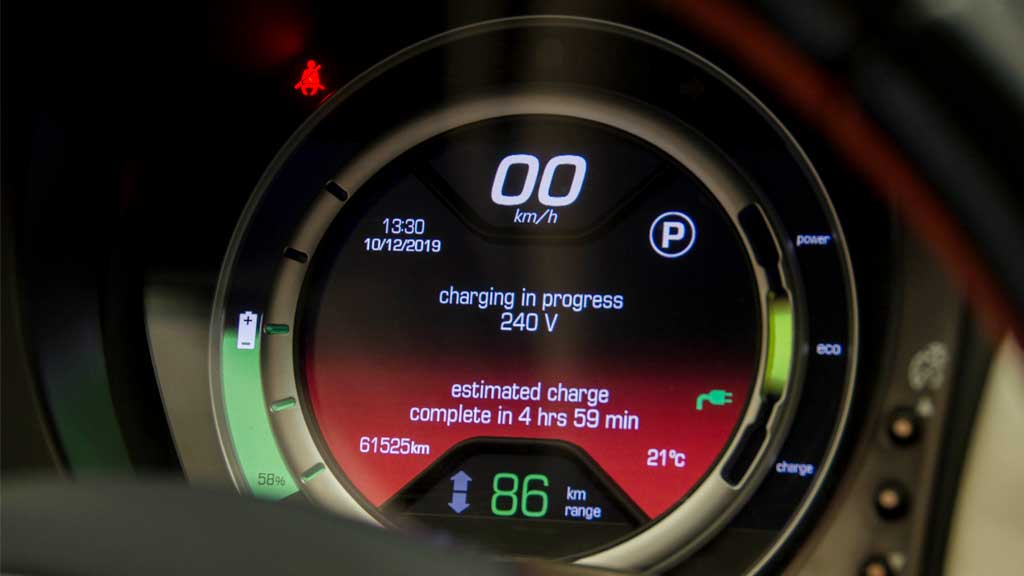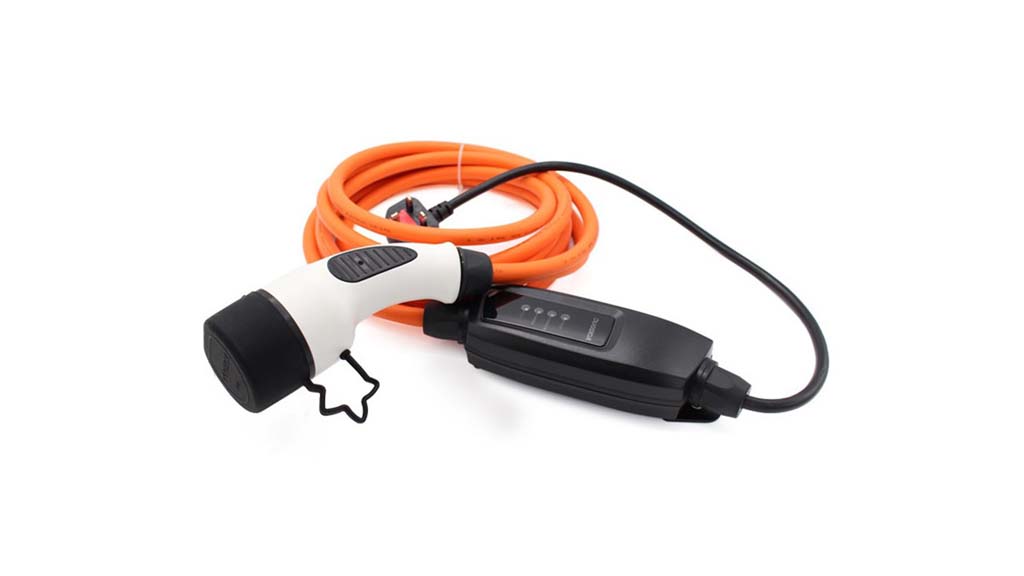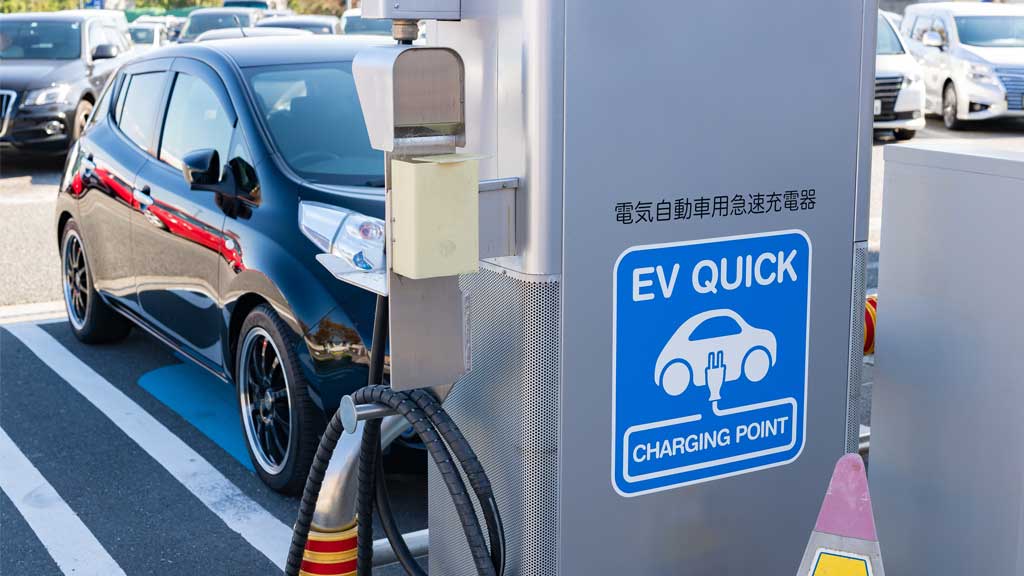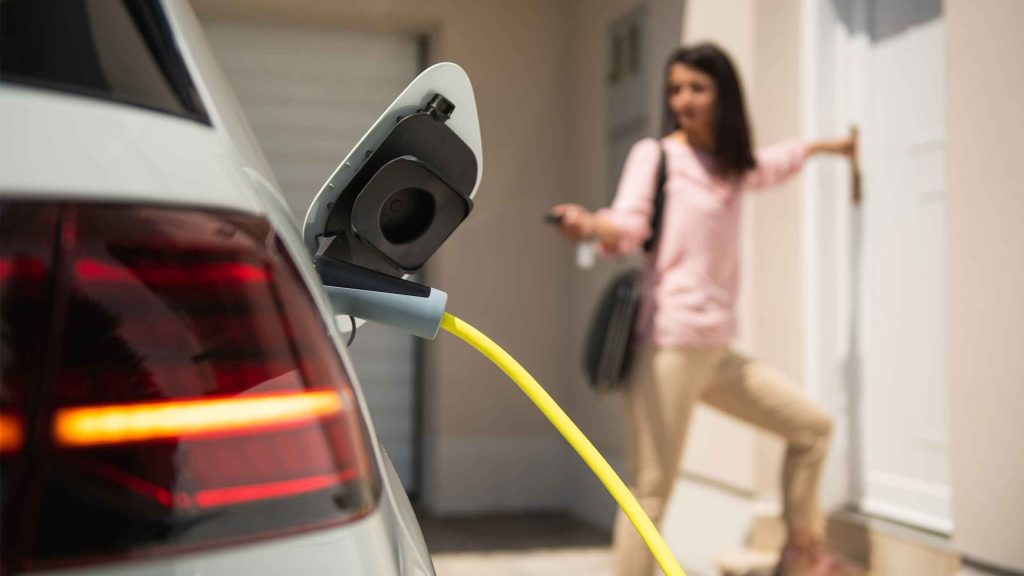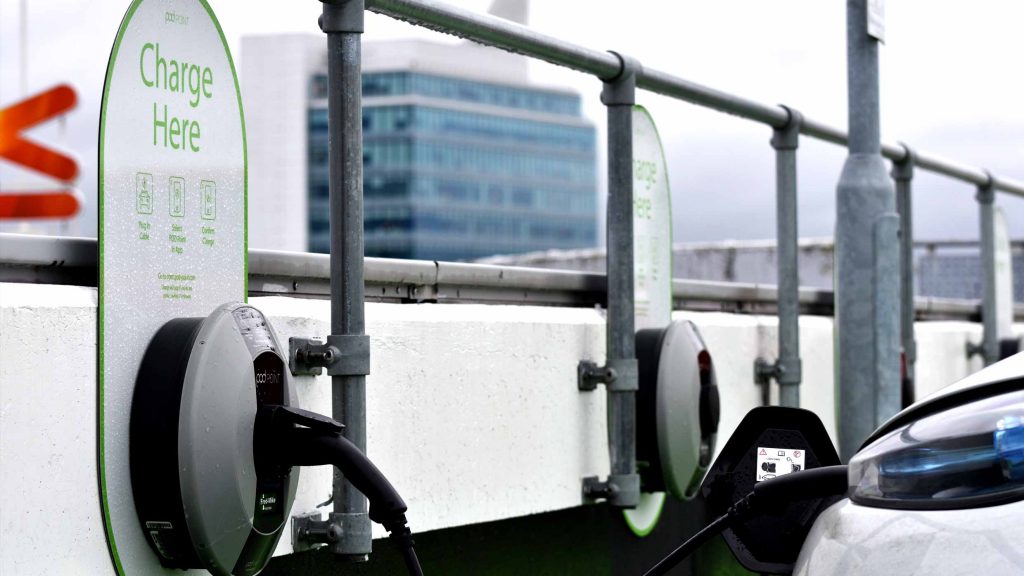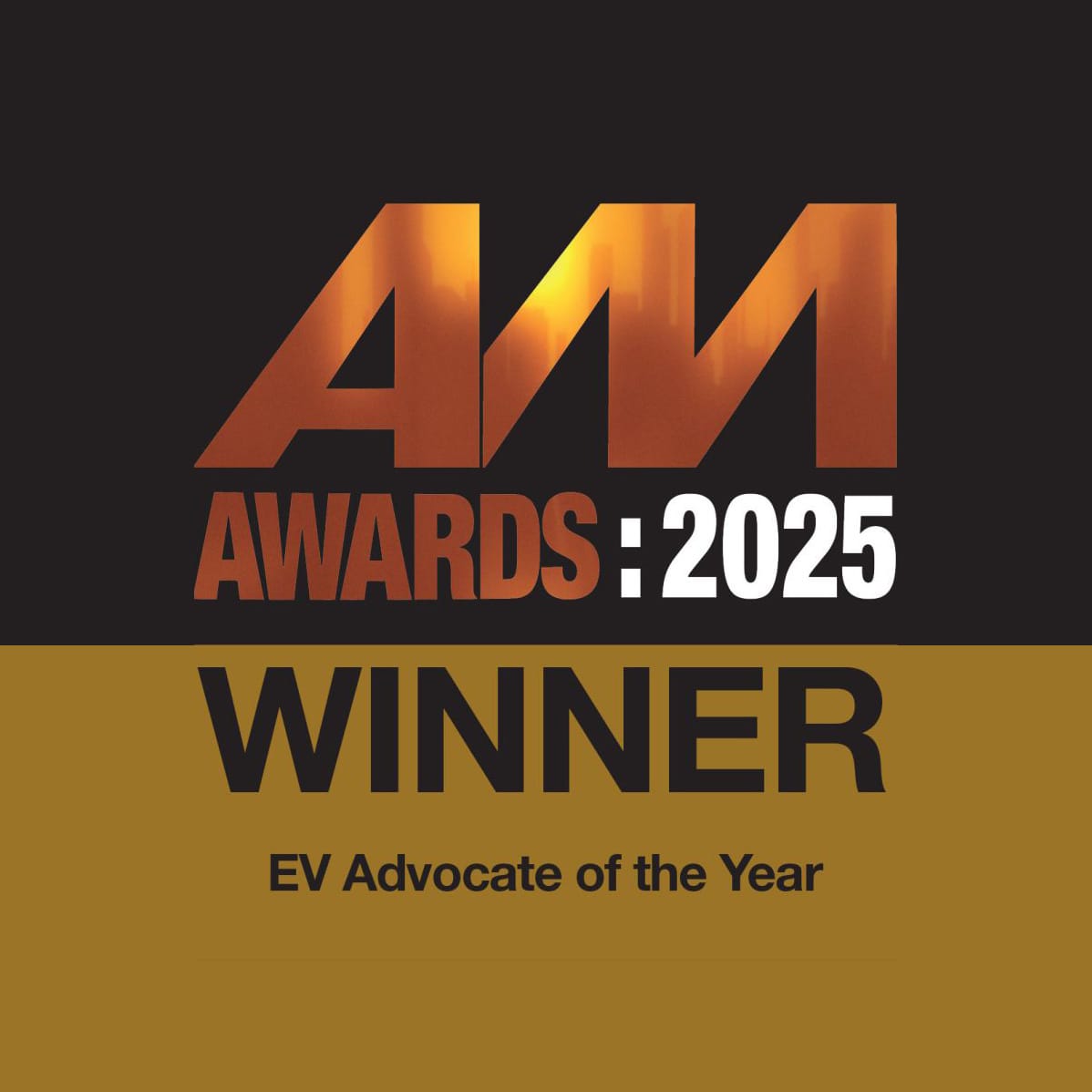There is a huge network of public fast chargers. These typically charge at the same rate as your home charge point (7kW), giving 25-30 miles worth of charge for an hour of charging time. There are however some slower 3kW fast chargers out there which will take twice the time to deliver this level of charge. Public Fast Chargers tend to be located in places where you are likely to be parked for an extended period of time, such as a park and ride or a municipal car park.
They all have a type 2 socket, (which is a universal charge point socket), and should you wish, your EV can be provided with a cable that’s fits this connection at the charge point end, and then has either a type one or type 2 end to fit your car. You need to have your own cable to use these charge points. These types of charge points are useful for a bit of free charging (as most of them tend to be free to use) and may be useful to you if you cannot charge your car at home, however, they are not suitable for charging on a long journey due to the time they take to charge your car, as well as the fact that if a space is occupied it can be occupied for hours, or all day even.
(If you think you will want or need to use the public fast charger network we can provide you with the public charging lead required).


